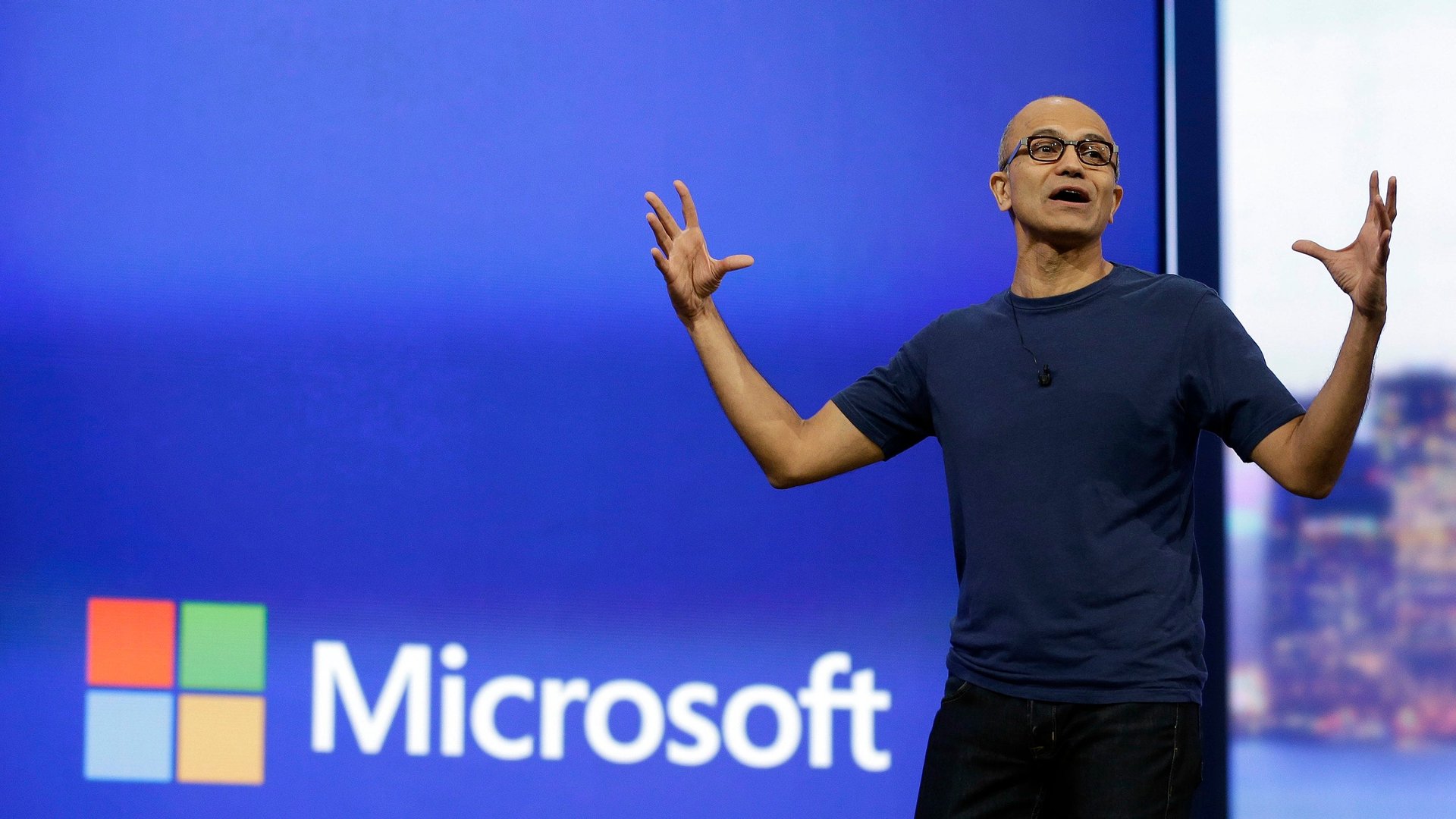Don’t look now, but Microsoft has more than 100 iOS and Android apps
As Microsoft works on revamping its underperforming Windows Phone platform, part of its strategy is to make more apps for Google’s Android and Apple’s iOS, which together power 96% of the smartphones sold last year. “We’re going to be everywhere,” a Microsoft exec told me last year.


As Microsoft works on revamping its underperforming Windows Phone platform, part of its strategy is to make more apps for Google’s Android and Apple’s iOS, which together power 96% of the smartphones sold last year. “We’re going to be everywhere,” a Microsoft exec told me last year.
Microsoft is making progress on that pledge. The company has already shipped more than a dozen Android and iOS apps this year, including a series of Office apps for Android tablets, an Outlook email app for iOS, and just yesterday, a new photographic Android lock-screen app.
The company has more than 100 active apps in the two app stores, not including retired apps or those released under different publisher names, such as Skype and Yammer. Last year was Microsoft’s biggest yet for these launches, and this year’s launches are already moving at a faster pace. (For consistency’s sake, release dates are via Microsoft’s profiles on App Annie, a website that tracks app stores, including Google Play and iTunes.)

The uptick in activity suggests Microsoft CEO Satya Nadella is serious about making his company the “productivity and platform company for the mobile-first and cloud-first world”—regardless of what operating system someone is running. This is different than previous Microsoft regimes, which promoted Windows as a cure-all.
App quantity, of course, isn’t going to be the best marker of Microsoft’s long-term success or failure. Quality and focus are crucial. It’s more important for Microsoft to attract hundreds of millions of happy, productive users to its best mobile and cloud services than to ship hundreds of different app titles. But for now, this is an early sign of progress.